

Elastic is used on waistbands to make your clothing comfortably fit. You will find elastic in clothes like your sportswear and children’s clothes to help accommodate their growth. Elastic is not only used for this but can also add to the decorative touch of your clothes. There are many types of waistbands, and as a beginner in sewing, it may be tricky knowing their differences and what they can be used for.
In this article, you will learn about the types of elastics for sewing. We will explore the four major elastic types: knitted, braided, woven and clear elastics, and their various applications.
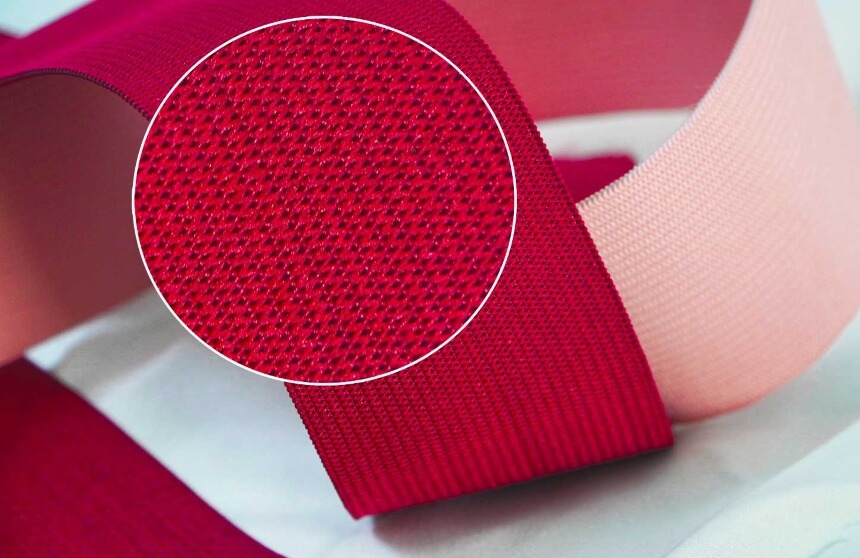
You can use the knit elastic for mid-weight fabrics but not on heavy fabrics. The elastic does not have the right amount of grip needed to hold heavier fabrics. It is great for making pajamas, underwear, and other not-so-heavy fabrics.
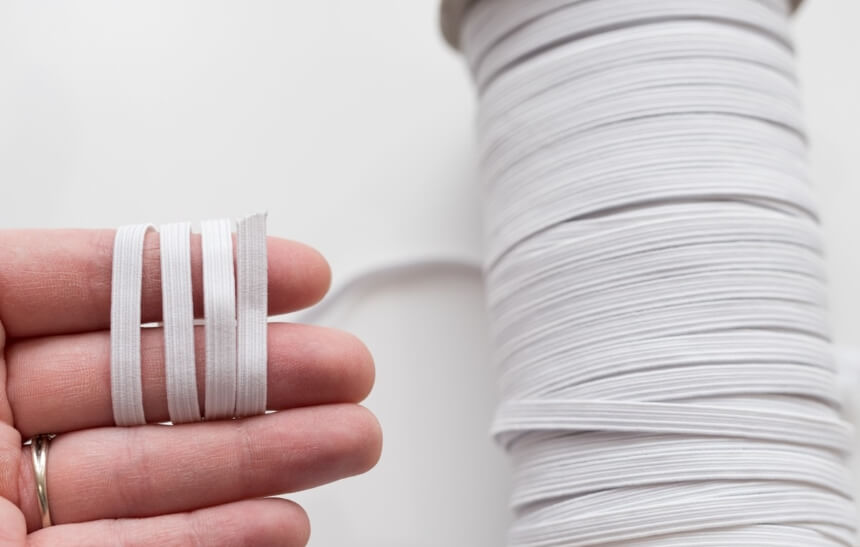
This elastic is better suited for casings and not to be used on fabrics directly. You can use it on your sleeves, necklines or other parts of your dresses where its rolling won’t become a problem. It is not to be sewn with needles because it would lose its stretch.
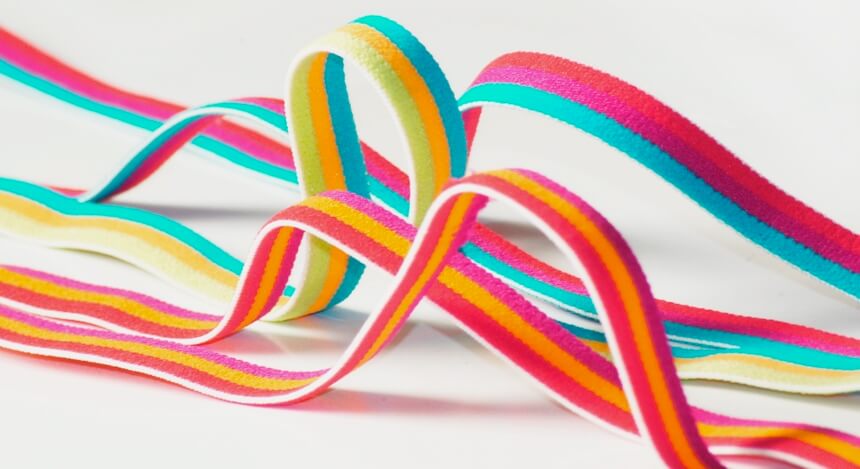
It can be used on heavy fabrics because of its firmness. For example, the 1″ Non-Roll Elastic is a type of woven elastic that is well praised by most users. Also, you will need a lot of this elastic because it does not stretch far. It is great for making underwear and casings for garments. You can also use it for your bags and home décor. It can be used for most elastic jobs and will hold your fabric firmly.

There are many applications for clear elastic. Most times, it is used to make wears like knitted jumpers, jersey, swimwear and lingerie. The elastic bands can also be used on your neckline to hold the seams.
Apart from the four major elastics mentioned above, there are other elastic types, and they each have their unique uses. Below are a few of them.
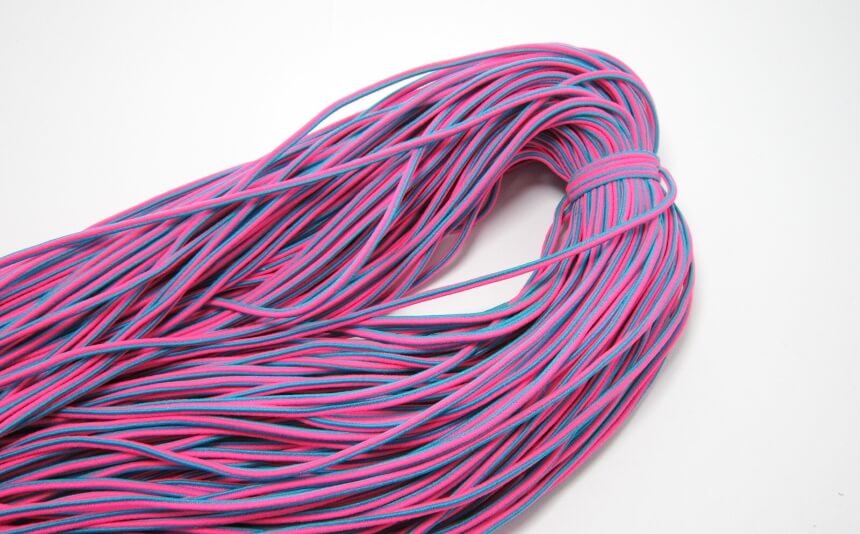
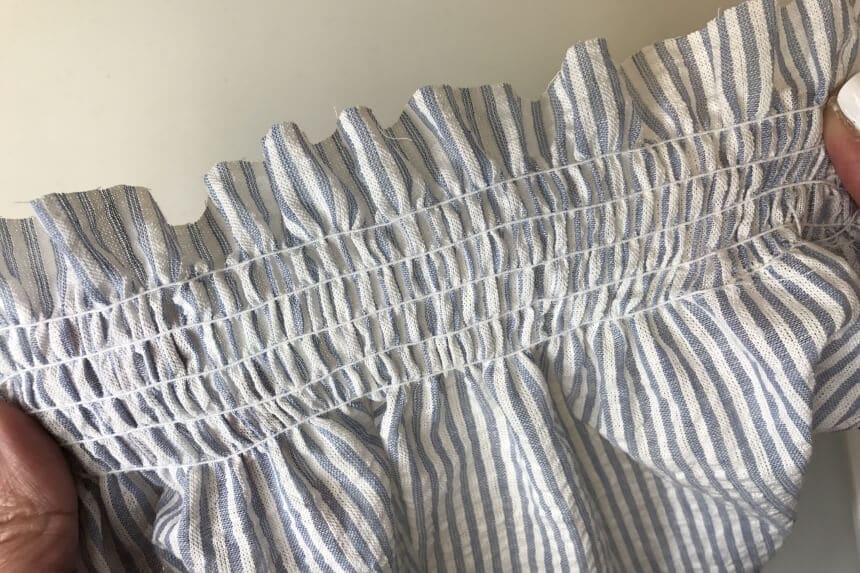
This elastic is meant to fold over a raw edge to finish it. It is used both on underwear and outer garments. One such elastics is the Dreamlover elastic which can also be used on baby nappies and is a common elastic found in hair bands.
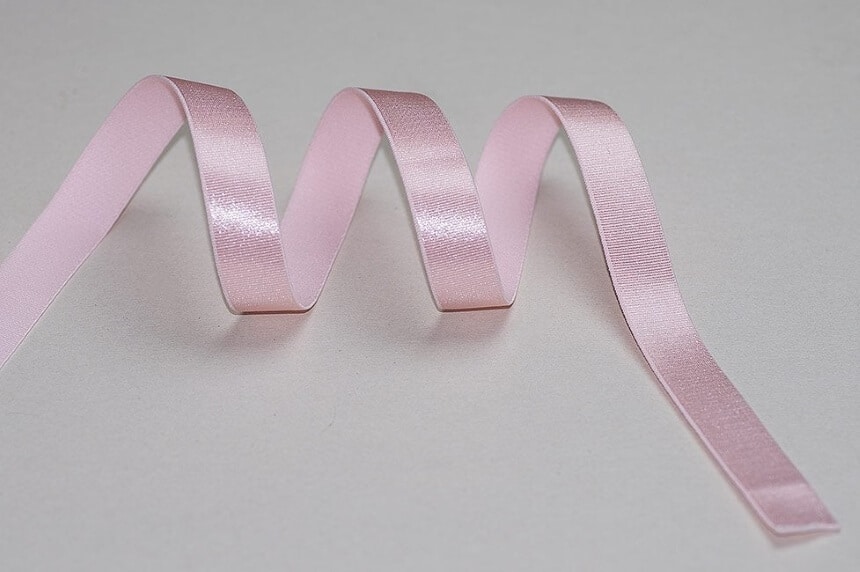
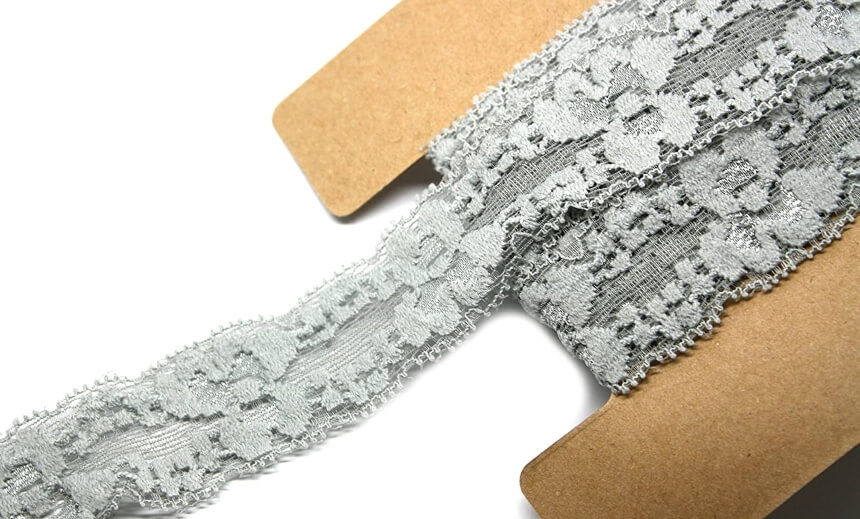
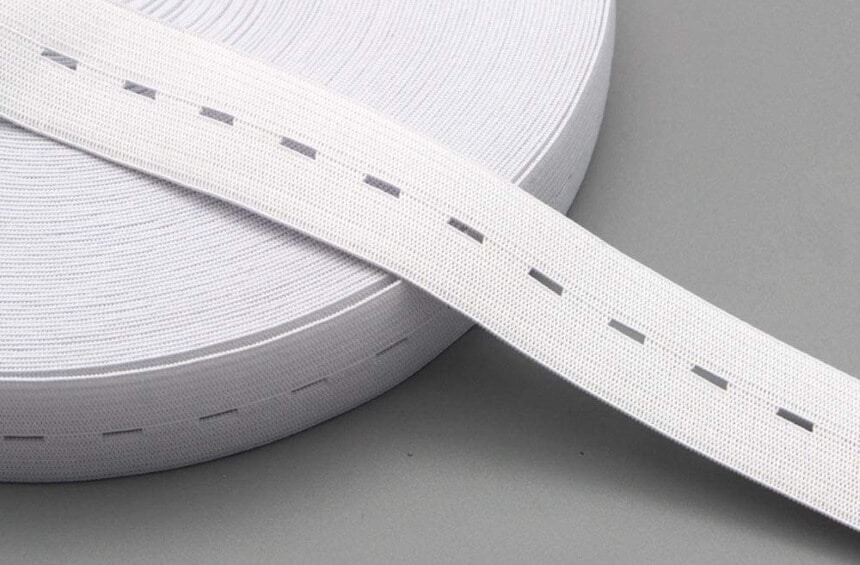
There are many elastics, but these are the most common ones, and they are also the most important for your sewing. You can learn everything about how to identify elastics when sewing to avoid making mistakes. Now that you know the different types of elastics for sewing and their uses, it shouldn’t be difficult knowing the right type to use, whether for your fabrics or jewelry. You now know what you can do with the lace, buttonhole, elastic cord, plush back, and fold-over elastics.
Elastics are very important, and you can hardly go without them when sewing dresses. When you apply the right elastic to your garment, you get the best results.